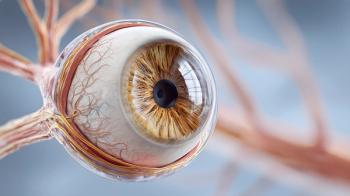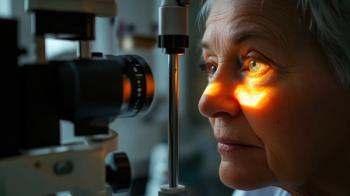
Gene Therapy for Rare Eye Disease to Advance to Human Trial
The Vision Center at Children’s Hospital Los Angeles is developing a protocol for a phase 1 clinical trial for the first gene therapy for boys with blue cone monochromacy, which impairs color vision and severely affects visual function.
The Vision Center at Children’s Hospital Los Angeles has
Aaron Nagiel, M.D., Ph.D., an investigator conducting ophthalmology and neuroscience research at Children’s Hospital Los Angeles, will lead efforts on research of a gene therapy that aims to slow the progression of disease and restore vision loss. Nagiel is also an assistant professor of Clinical Ophthalmology at Keck School of Medicine of USC.
The gene therapy, BGTF-027 (formerly ADVM-062), was developed by Adverum Biotechnologies and
BGTF-027 is an intravitreal gene therapy that encodes a functional copy of the long-wavelength-sensitive opsin protein for the treatment of blue cone monochromacy. It can be administered by intravitreal injection, which is placed in the space in the back of the eye.
Nagiel noted in a
“This treatment [BGTF-027] is designed to reach the cells of the retina from the vitreous, which is the inner cavity of the eye. If they’re old enough, patients may be able to have the injection awake, in an outpatient setting,” he said.
Once administered, the gene therapy is designed to restore the function of the patient’s central cone photoreceptors.
Over the next 18 months, the Children’s Hospital Los Angeles and the Blue Gen Therapeutics Foundation will conduct the work to prepare for clinical trials for BGTF-027, including developing a protocol for a phase 1 clinical trial and preparing the investigational new drug application for submission to the FDA.
Blue Gen Therapeutics Foundation also licensed ADVM-082, an intravitreal gene therapy that encodes a functional CNGB3 gene for the treatment of achromatopsia, another rare disease that leads to vision that has no color. This gene therapy is in nonclinical development.
Both programs use
Newsletter
Get the latest industry news, event updates, and more from Managed healthcare Executive.






















































